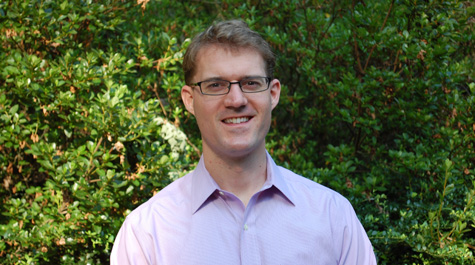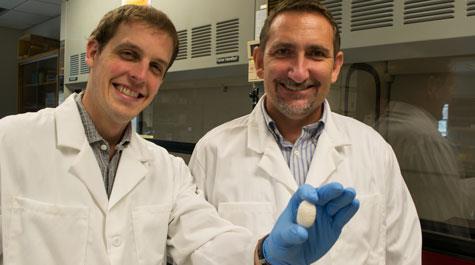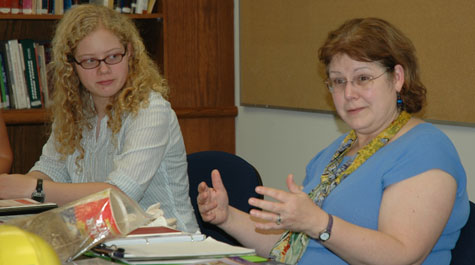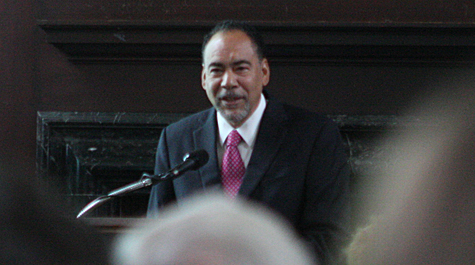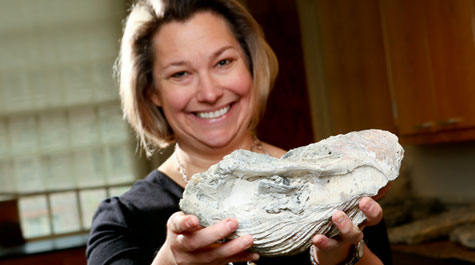W&M faculty in the media this month
Following are selected examples of William & Mary faculty and staff members in the national and international media. - Ed.
Proposed museum would help people remember slavery
In a Feb. 22 Voice of America article, Michael Blakey, W&M National Endowment for the Humanities Professor of Anthropology was quoted about sets of human bones, in New York City, believed to be that of African-Americans, some of whom had been slaves are from the 17th and 18th centuries.
According to the article, members of Congress from the state of New York want to build a museum and education center on a nearby site.
After the discovery, the area was declared a National Historic Landmark in 1993 and a monument was later created in 2006.
Supporters of the cause also believe that more needs to be done so Americans will never forget about slavery.
After examining the skeletal remains Blakely stated that this find can give people of the 21st century a historical context about slavery in the United States.
“In the proper context, science can give the public a chance to get close to these people,” he said. “They stir things in us – many different feelings at once.”
Hints from the fossil record on how to re-oyster the Chesapeake
In a Feb. 21 Phys.org article, Rowan Lockwood, professor of geology at William & Mary discussed how to re-oyster the Chesapeake Bay.
According to the article, Lockwood discussed her recent findings at a lecture given to naudience members of the annual meeting of the American Association for the Advancement of Science in Boston.
Lockwood drew on the study of more than 4,000 fossil oysters that lived between 80,000 and 500,000 years ago.
"Conservation paleontology is just like conservation biology, only with older stuff," Lockwood explained. "The idea is to use the fossil record, the archaeological record—maybe even the historical record—to help us restore biodiversity, to understand why some organisms and populations are currently struggling."
Historic Maggie Walker building now a historic eye-sore
In a Feb. 17 WTVR article, Heather Huyck, research associate at William & Mary, discussed finding historical documents in a building that was used by Maggie Walker, the first black woman to form a bank in the United States.
According to the article, it took nearly eight years to catalog the documents found in Walker’s attic. It was not only a mission to save history, but also a labor of love and discovery, said Huyck.
"What we are able to see, what we can see, through these documents is how the black community was operating and living through a difficult period in time, particularly the women,” she said. “And she's (Walker) also clearly brilliant at setting up financial products and making them available to people, many of whom were washerwomen and house-workers and so on."
Lethal spider's web sheds light on material strength
In a Feb. 16 article by The Engineer, Hannes Schniepp, Adina Allen Term Distinguished Associate Professor of Science discussed the possibilities of using elements from the silk of the brown recluse spider for applications like assisting astronauts in space.
Originally published in the journal of Material Horizons, Schniepp’s research in conjunction with Oxford University’s department of zoology found that this particular spider uses micro-looping techniques to reinforce its thread. It’s facilitated by the recluse producing thin, flat silk that resembles a ribbon. According to the study, the flatness provides flexibility which prevents breakage when the strengthening knots are created.
“The theory of knots adding strength is well proven,” said Schniepp. “But adding loops to synthetic filaments always seems to lead to premature fiber failure. Observation of the recluse spider provided the breakthrough solution…The ribbon shape adds the flexibility needed to prevent premature failure, so that all the micro-loops can provide additional strength to the strand.”
The logic of the coup-civil war trap
A Feb. 8 article by The Virginia Gazette, focused on a lecture recently given by Philip Roessler, director of the Center for African Development and professor of government at William & Mary about the logic behind civil war in Africa.
The lecture focused on the difficulty of civil wars in many African states. Roessler spent more than 18 months in the country of Sudan conducting interviews with more than 100 different Sudanese people who ranged from government officials, and tribal leaders to members of the rebellions.
"One of the primary things I hope the audience takes away from my talk is a better understanding of the logic of civil war in Africa,” said Roessler. "South Sudan on the brink of genocide, Syria in ruin, pitched battles in Iraq to liberate ISIS-controlled areas. Few phenomena are a greater source of human suffering and international instability as civil war. Understanding the causes of civil war represent one of the most important policy challenges of our time.”














